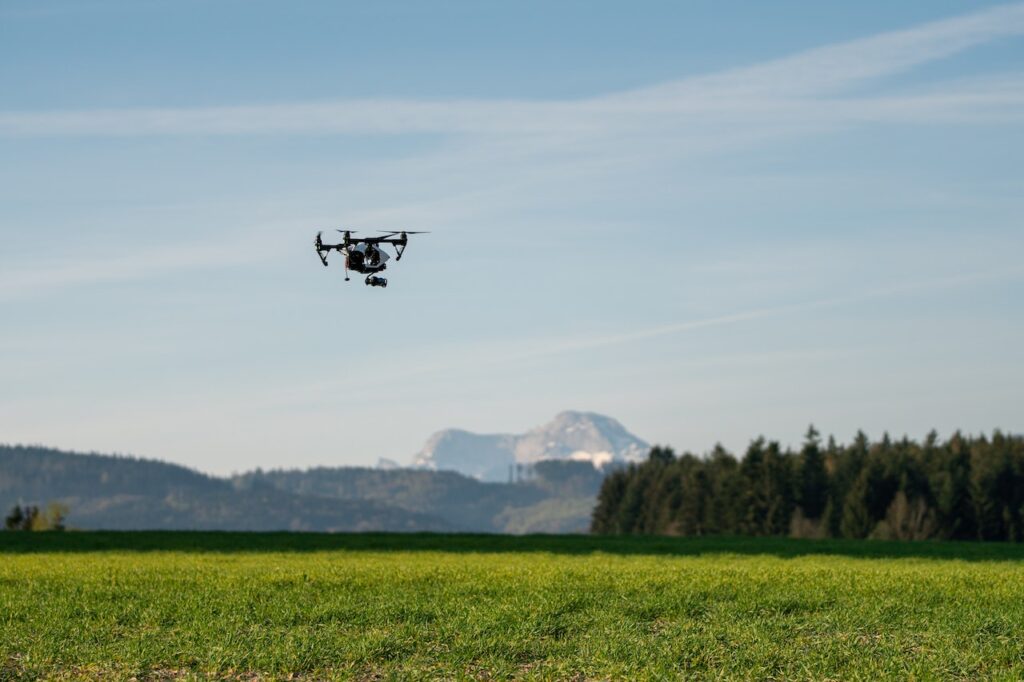The proliferation of unmanned aerial systems (UAS), commonly known as drones, has created a new set of security challenges for businesses, governments, and individuals alike. These small, agile, and often inexpensive devices can be used for a variety of purposes, including surveillance, delivery, and even weaponization. As a result, counter-UAS (C-UAS) technology has become an increasingly important area of focus for security professionals.
At ALL ISR, we are at the forefront of the C-UAS industry, providing cutting-edge technology and innovative solutions to protect against the threats posed by unauthorized drones. In this blog, we will explore the current state of the C-UAS industry, as well as the future of this critical field.
Current State of C-UAS Technology
The current state of C-UAS technology is a rapidly evolving landscape, with new solutions being developed and tested on a regular basis. The most common types of C-UAS technology include:
- Jamming: Jamming technology disrupts the communication between a drone and its operator, effectively rendering the drone inoperable. This is often done by emitting radio frequencies that interfere with the drone’s communication signals.
- Physical Interception: Physical interception technology involves using another drone or an interceptor device to physically capture or take down the unauthorized drone.
- Laser: Laser technology is a newer approach that uses a directed energy beam to disable or destroy the drone. This technology is still in the early stages of development and is currently being tested by a number of organizations.
- Detection: Detection technology is designed to identify unauthorized drones and alert security personnel. This technology can be passive or active, with passive systems using radio frequency detectors and active systems using radar.
The Challenge of C-UAS Technology
Developing effective C-UAS technology is not without its challenges. Unlike traditional air defense systems, which are designed to detect and intercept larger, manned aircraft, C-UAS systems must be able to detect and track much smaller, agile UAS.
Another challenge is the potential for false alarms. With the increasing popularity of commercial and recreational UAS, it is essential that C-UAS technology can differentiate between legitimate and unauthorized UAS.
Furthermore, C-UAS systems must be able to operate in a variety of environments and conditions, from urban areas to remote locations, and from daytime to nighttime.
The Future of C-UAS Technology
Despite these challenges, the future of C-UAS technology looks promising. The market for C-UAS technology is expected to grow significantly in the coming years, with a projected value of $3.6 billion by 2026, according to a report by MarketsandMarkets.
One of the most promising areas of development in C-UAS technology is artificial intelligence (AI). AI can help C-UAS systems to distinguish between legitimate and unauthorized UAS by analyzing patterns of behavior and identifying anomalous activity.
Other technologies that are being developed include advanced sensors, such as radar and electro-optical/infrared (EO/IR) cameras, which can provide real-time tracking and identification of UAS. In addition, drone-jamming technology is also being developed, which can disrupt the communication between the UAS and its operator, rendering it inoperable.
How ALL ISR is Leading the Way in C-UAS Technology
At ALL ISR, we are committed to providing our clients with the most advanced and effective C-UAS solutions. We work with leading technology partners to develop tailored solutions that meet the specific needs of our clients.





